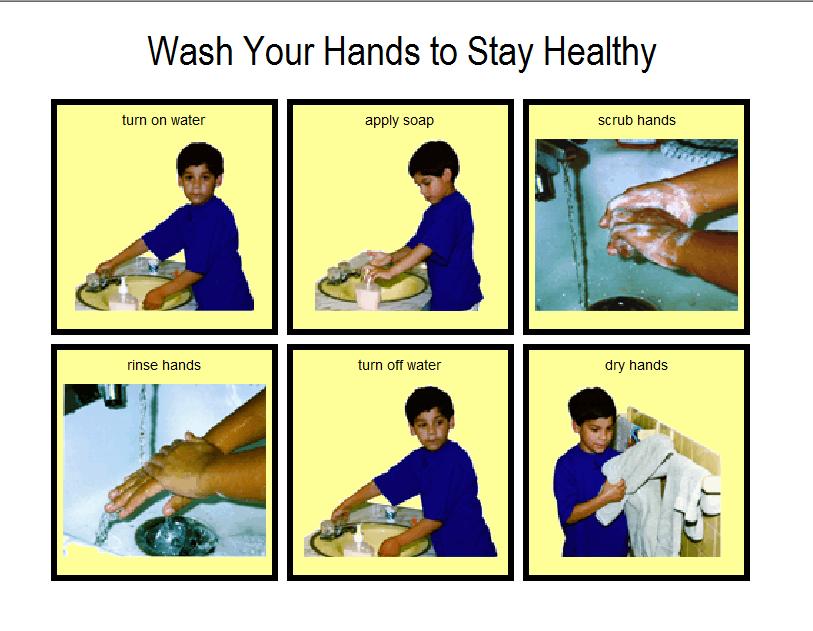That’s not a particularly interesting question for several reasons, but mostly because if you are like most people, you will gain it all back within six months to a year. When articles say most people, they usually mean a majority of people–maybe 60%. But when talking about weight loss, it is something like 97- or 98%. Really, “most” is not the right word. Maybe we should say “nearly everyone.” You worked hard–you ate salad; you went to the gym–but the results didn’t last over time. There are a variety of reasons why losing weight is so difficult. But at least we have data to demonstrate the extreme challenge you are likely to face.
We see a similar phenomenon in behavior analysis when working with children with autism and other developmental disabilities–the results of interventions often don’t last. But the weight loss literature has a major advantage over behavior analysis. They have a lot of data demonstrating that in the vast majority of cases, weight loss interventions are completely ineffective in the long run. This wealth of data exists because it is so easy to collect. All they need is a scale and people willing to come to the office for weigh-ins, and boom–in two minutes they can weigh each subject and report the maintenance data.
That’s not the case with autism and other developmental disabilities. Many, many interventions for language, social skills, and especially severe problem behaviors do not last over time. But getting data on which interventions, how often, and under what conditions they do or do not maintain is especially difficult.
I believe that solutions to long-term weight loss are developing in the medical literature. But a necessary first step was recognizing how likely failure is to happen with the standard procedures.
If we want to Poogi as a field, we have to figure out a way to collect these types of data. Many people who work with young children think their program is great, and maybe it is, but you don’t know until you look at what happens to the kids after they leave your influence. The people who work in adult programs know the truth of how well we did in the early years.
If you don’t know how you are doing, it is hard to be on a POOGI. Ideally, we would regularly follow up with families a few years after they left our influence. That would give tremendous insights. But most importantly, as a field, we need data on how likely our interventions maintain under practical conditions.
